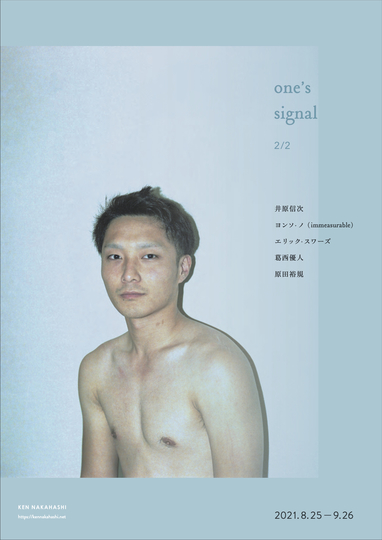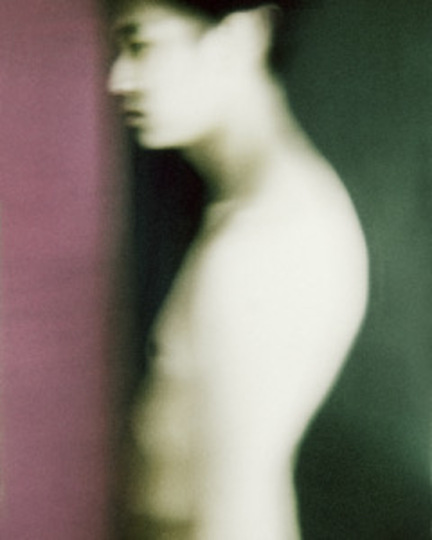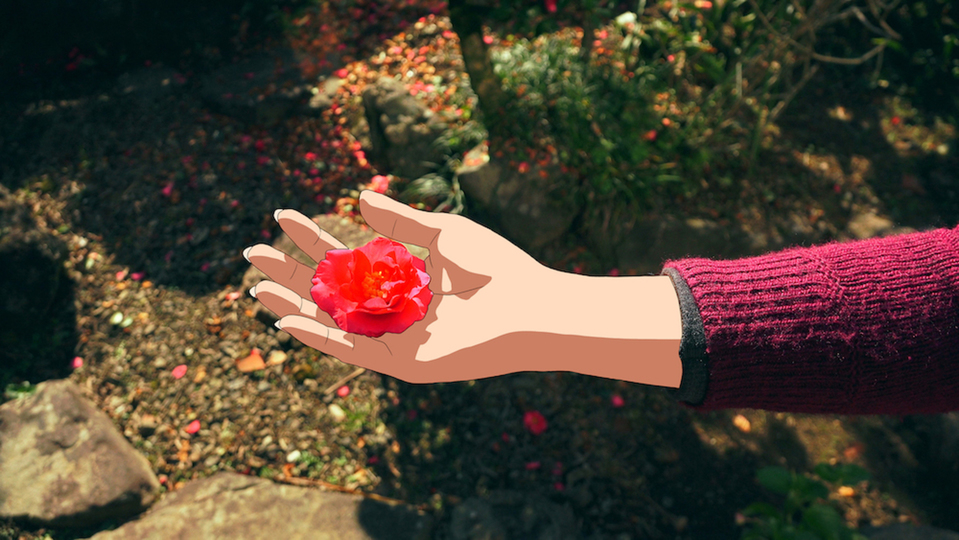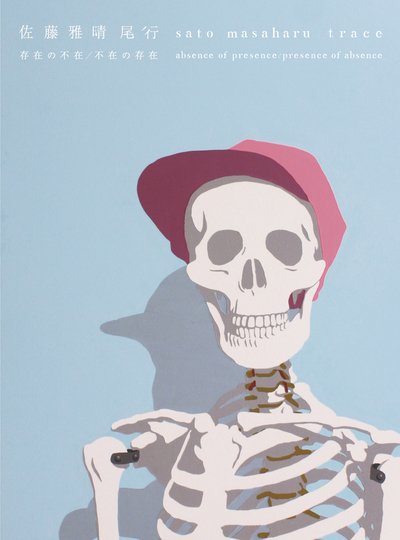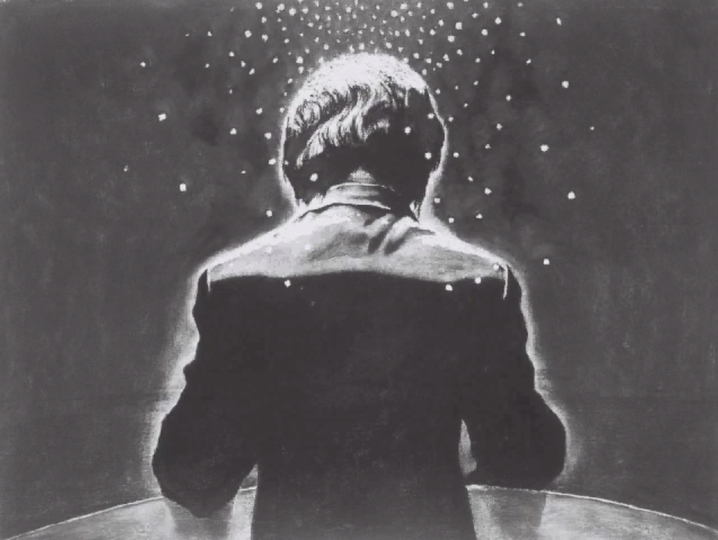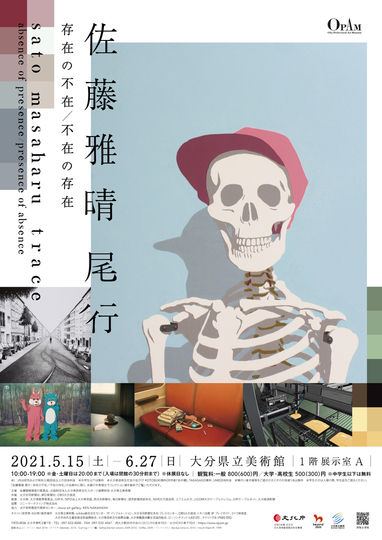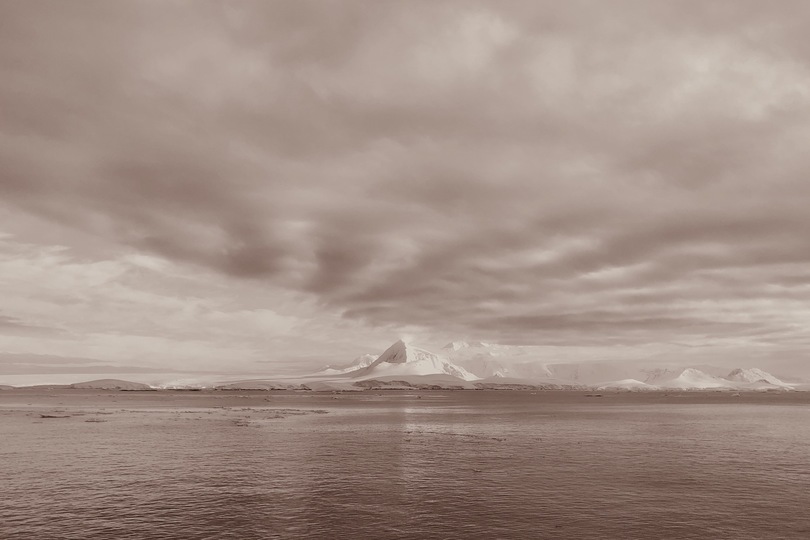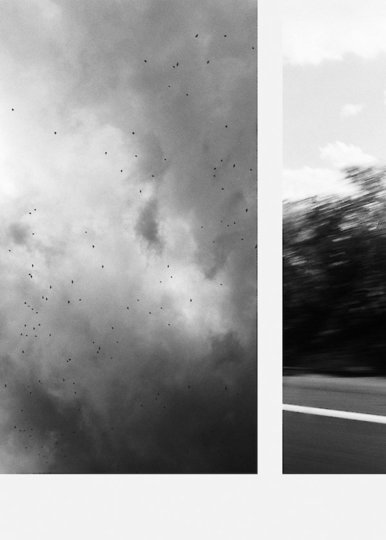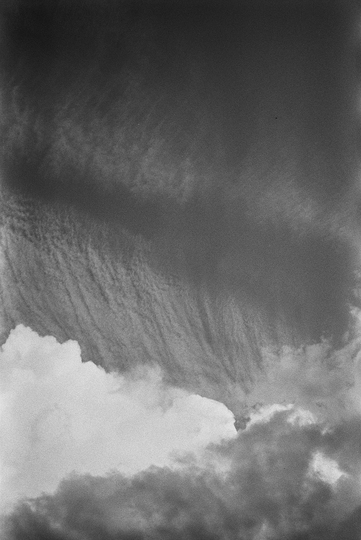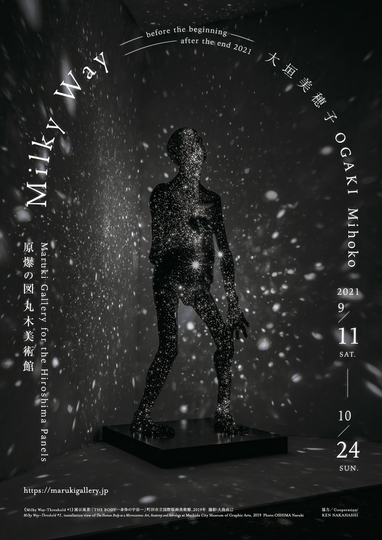
Mihoko Ogaki will hold a solo exhibition titled "Milky Way—before the beginning–after the end 2021" at Maruki Gallery for the Hiroshima Panels from September 11th (Sat) until October 24th (Sun), 2021.
This will be Ogaki's first large-scale solo exhibition in Japan, featuring about 70 works, "Milky Way" a series of sculptures of the human body emitting a galaxy of light, "Star Tales" a series of drawings on gampi paper swaying in the wind, and video work.
